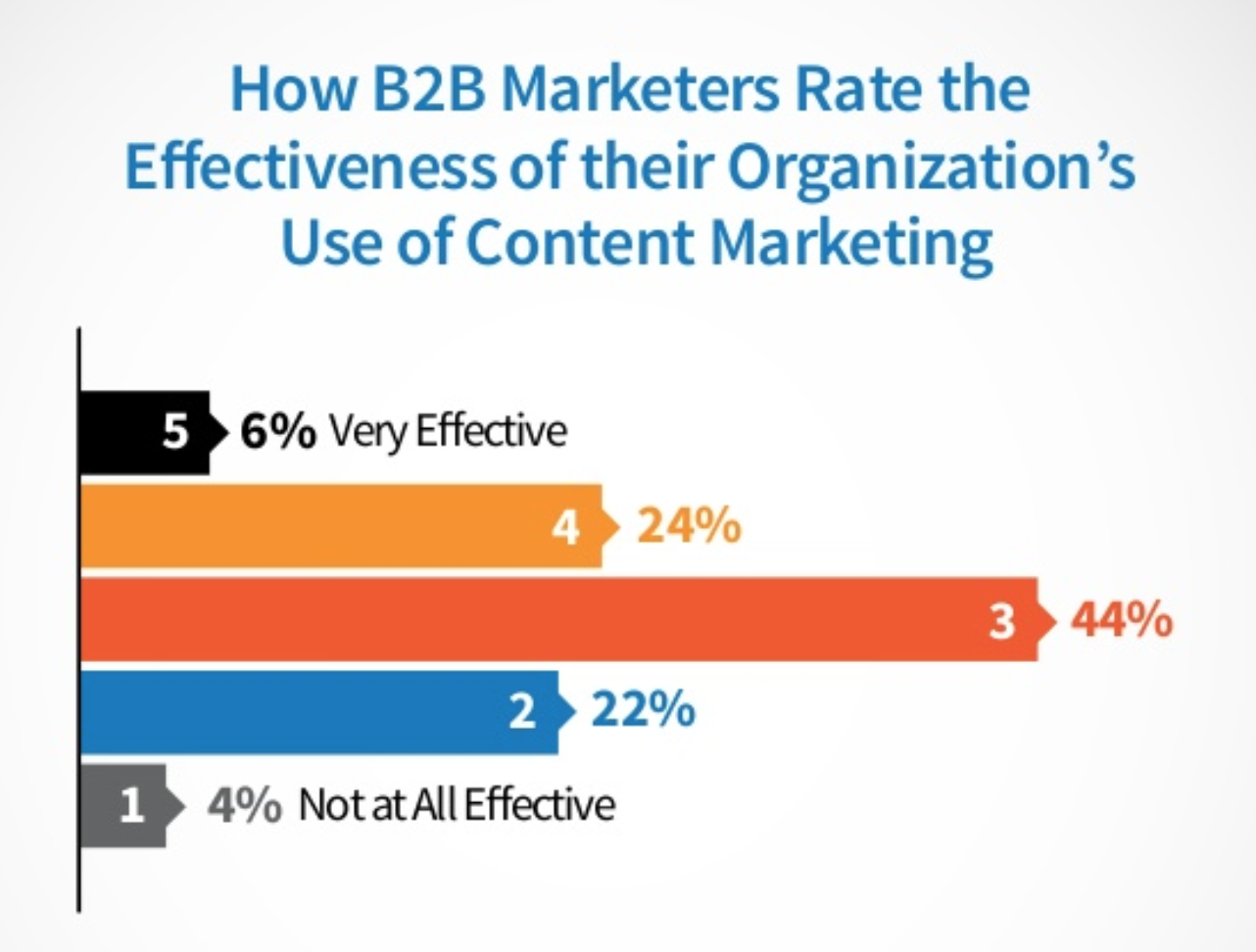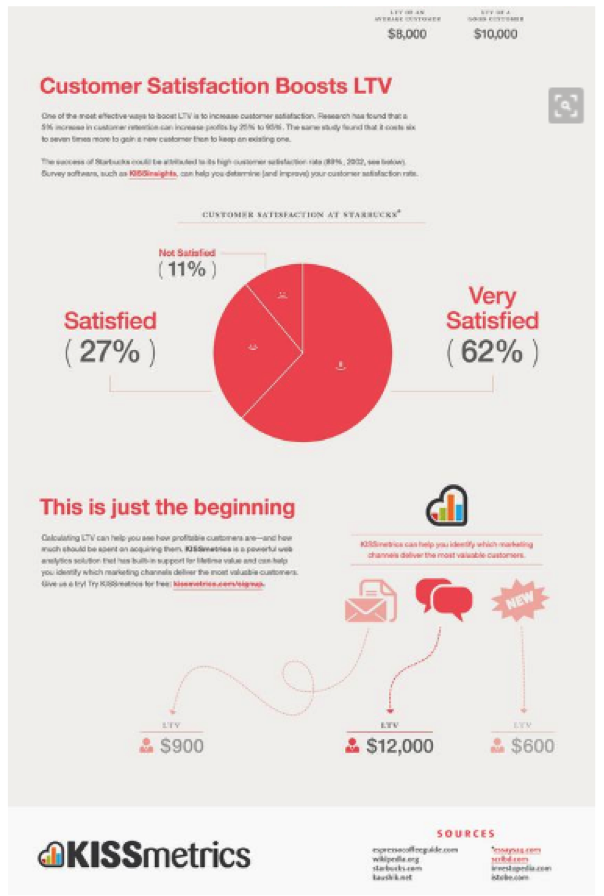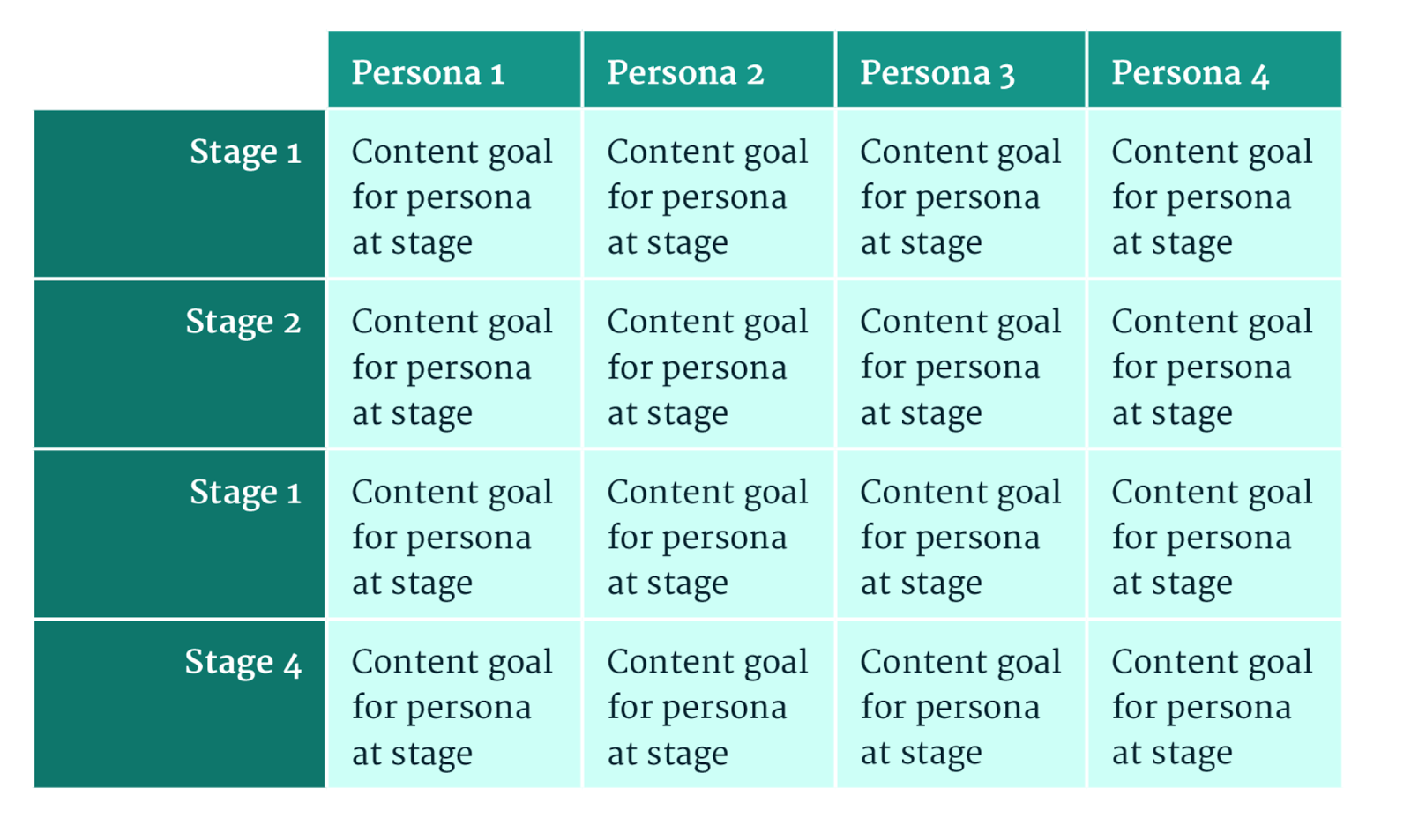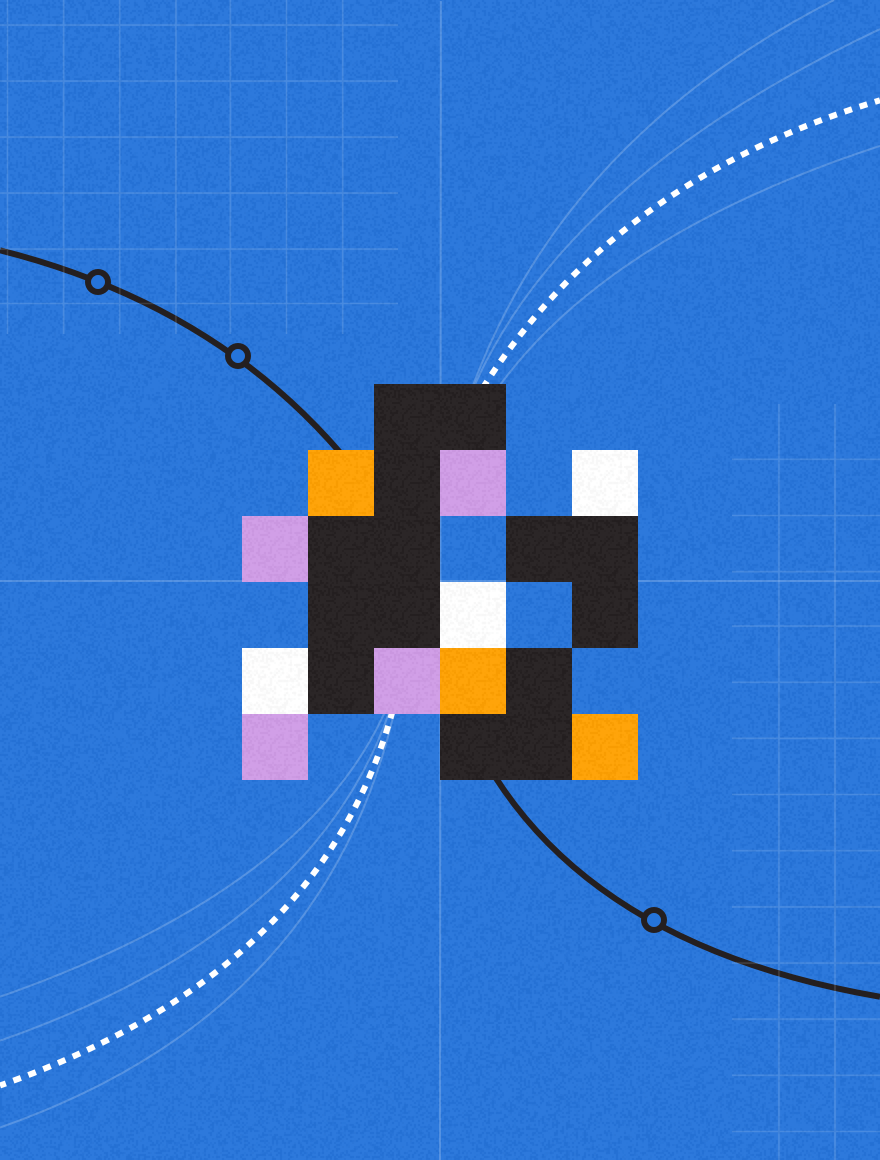What separates the professional salesman from the amateur? It’s not the car, the clothes, or the coffee. It’s the customer-oriented approach.
While the amateur rushes toward a quick sale, the professional knows that sustaining rapport and talking value means the deal will close itself in due time.
The same approach applies to content marketing.
Our most recent benchmark report finds that today’s B2B organizations create 53% customer-centric content and 47% product-centric content.
That’s a remarkable upswing in the production of customer-centric content. Previously, B2B marketing strategies revolved primarily around products and services.
But these days, customers control the buying process.
The surge in customer-centric content reflects the demand for an elevated content experience. In response, marketers are recalibrating their content operations to provide more relevant, personal, and nurturing experiences. Of course, product-centric content isn’t being left in the dust—it is how marketers actually talk about their offering. But even product-focused content is becoming more centered around the individual needs of the buyer.
Today, we look at the ways to create a full funnel customer journey with a balance of product- and customer-centric content. This begs two questions:
- How can you leverage the most effective content types that drive results throughout the conversion funnel?
- How to develop full funnel content that empowers your best-ever B2B marketing strategy?
The answers are below. You’re about to go pro in customer-centric content!
How to Balance Customer-Centric Content and Product-Centric Content
Marketers are the bridge between customer experience and sales. Previously, that meant driving results with traditional marketing materials and ad spends.
But these days, over half of the buyer’s journey happens online. Companies must coordinate and distribute varied content types throughout the sales funnel to maintain a seamless customer experience.
And yet, Top Rank Blog reports that both the top challenge and top priority for B2B marketers is creating more engaging content. Obviously, there’s room for a new approach.

(Source)
From first touchpoint to final conversion, content marketers look to anticipate and answer:
- What content does the prospect want?
- How does the prospect want to interact with the content?
- Why do they want the content?
Awareness and interest levels vary by prospect, so B2B content marketing strategies aim to identify then satisfy the wants of each prospect. Customer-centric content excels at generating awareness, trust, and credibility for your brand because it speaks to customer experiences.
From the outset, tracking these conversions is fundamental to understanding what your prospects want and why they want it. Whether oriented around the product or the customer, content distribution hinges upon the prospect’s position in the buyer’s journey as well as any previous engagement behaviors.
Considering the 53/47% split in modern content operations, addressing user experience and highlighting solutions are now of comparable importance. For the first time ever, brands are prepared to focus on consumers first and foremost.
Our findings align with research by Walker, which finds that by 2020, customer experience will surpass both product and price as the primary differentiator among brands.
Despite this, brands frequently forgo customer-centric content in favor of product-centric content during later funnel stages.
Yes, product-centric resources are critical to the evaluation and consideration phases. For developing sales-ready leads, there is no substitute for in-depth product materials.
However, there’s no handoff stage when leads renounce their desire for customer-centric content in favor of product-centric content. In fact, brands with a refined mid-to-bottom funnel strategy earn a 4x-10x engagement rate on their content in comparison to those with traditional content distribution.
To satisfy the need for both content types in later funnel stages, the best brands simply combine the principles of both content types to drive results.
This product-centric Facebook video details a new sticker feature while retaining a playful tone that addresses user convenience. By creating a short video, the company capitalizes on the rising demand for visual content while enabling a convenient, rewarding user experience.
What if Facebook had released this update in a blog post or an email? Engagement would have plummeted.
How effective would it have been at changing user behaviors? Not very.
This example illustrates that accounting for how consumers want to consume content increases engagement and conversion rates regardless of their stage in the funnel.
The best full funnel strategies recognize which content leads are favored and respond in real-time (via automation) to provide that content type. However, if you fail to deliver the experiential content leads want, they may wander and never return.

(Source)
Here we see Kissmetrics create a customer-centric yet data-driven resource for those at the bottom of the funnel. By emphasizing customer satisfaction, the company reinforces itself as a caring and thoughtful business. This is a vivid example of the power of customer-centric tactics applied to bottom-funnel conversion.
3 Steps to Developing Your Best Full Funnel Content
Creating a robust content schedule that caters to the entire customer journey is a regular challenge for B2B content marketers. Given the increasing content production across all industries, this has never been more important. 82% of buyers now feel more positively about a brand after consuming relevant and custom content,reports Demand Metric.
To empower your content operations, provide your audience with assets centered around both pain point and product benefits.
Follow these three steps to enable a rich, varied content experience to engage, nurture, and pull your best leads toward a sale.
1. Outline a customer experience map

(Source)
To balance product- and customer-centric marketing, first seek to understand your buyer journey from the perspective of the buyer.
Your audience doesn’t think in terms of touchpoints. However, they do react to meaningful content experiences that illustrate what your brand can do for them.
Converting leads means coordinating a series of these experiences – not touch points – to secure sales.
Accomplish this with a customer experience map.
This comprehensive framework highlights any gaps in your content coverage, which is especially important in relation to specific customer needs for products. By understanding what content assets are needed, assigned, and effective, you gain a sense of confidence in your B2B marketing strategy.
2. Maintain a library of diverse content
A B2B content operation is most effective when it pulls from a library of ready content. If assets are mapped and ready to go, leads will enjoy a more intuitive content journey.
As leads interact with TOFU content, match them with the ideal resource to further their unique buyer’s journey.
Hosting a diverse and accessible content selection on your website allows leads to research as needed, segmenting themselves with each engagement. A stable of ready content will also cultivate trust, helping to position you as an authority in your field.
Appeal to top of funnel leads with:
- Blog posts
- eBooks
- Case studies
- Reports
Nurture bottom-funnel leads with:
- Videos
- Demos
- Educational courses
- Guest webinars
To maximize your engagement across channels, invest in a relevant blend of evergreen and contemporary content.
3. Develop gated content
Leading brands balance their discussions around what their product does and how it helps customers. Given their length and scope, gated content assets are effective at providing leads with both product- and customer-centric content simultaneously.
Whether you provide an eBook, an infographic, or sponsored research—these evergreen resources excel at generating, engaging, and funneling leads towards a sale.
To create a dynamite lead magnet, you can repurpose a top-performing blog post, podcast, or case study. To maximize your ROI, roll all three into one irresistible piece of gated content that your best customers will love.
Sharing outstanding value around both product and experiential content is a guaranteed way to find and engage the right audience.
Take the Professional Approach to Content Creation
Providing a truly diverse content experience is essential to the modern B2B marketing strategy. While fresh data shows audiences reaching for more and more personal content, brands that effectively balance their content operation will achieve results.
A full funnel strategy pulls the strength from both product- and customer-centric content while leveraging the two in meaningful ways. This framework enables leading marketers to holster and deliver the right content to the right person at the right moment, every time.
To gain access to the most recent insights within your content marketing community, download our latest The B2B Content Strategy and Operations Benchmark.

